Pavel Batel and Terezin Research
For the past two decades, Pavel Batel has devoted himself to researching the history of the Terezin ghetto. His extensive work includes archival visits, testimonial collection, and interviews with Holocaust survivors. Through his efforts, Pavel has skillfully assembled forgotten narratives, now shared with the public. Our team, all trained under Pavel Batel, possesses profound expertise in history. Joining knowledgeable professionals on a visit to Terezin offers a deep connection to the Jewish people's history and their trials in the Terezin Concentration Camp. To spread awareness of Terezin's unique story beyond its walls, Pavel Batel is actively engaged as a lecturer and speaker at campuses, museums, and communities worldwide.
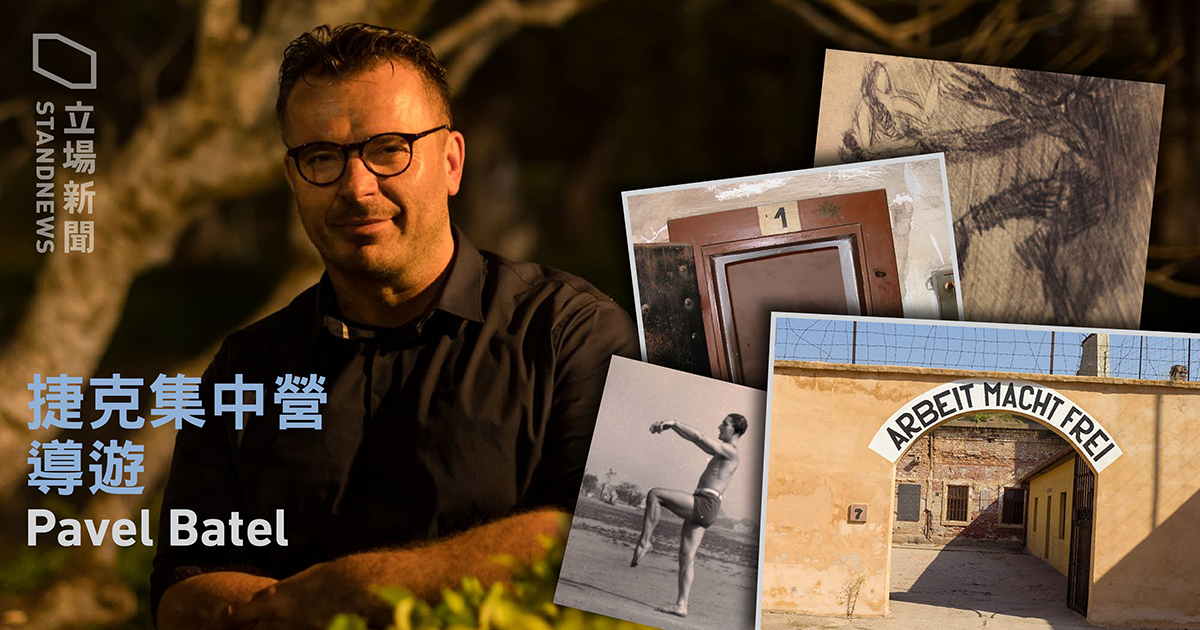
Pavel Batel introduces the Terezin story and forgotten heroes in Hong Kong Media
Pavel Batel and Terezin story since 2005
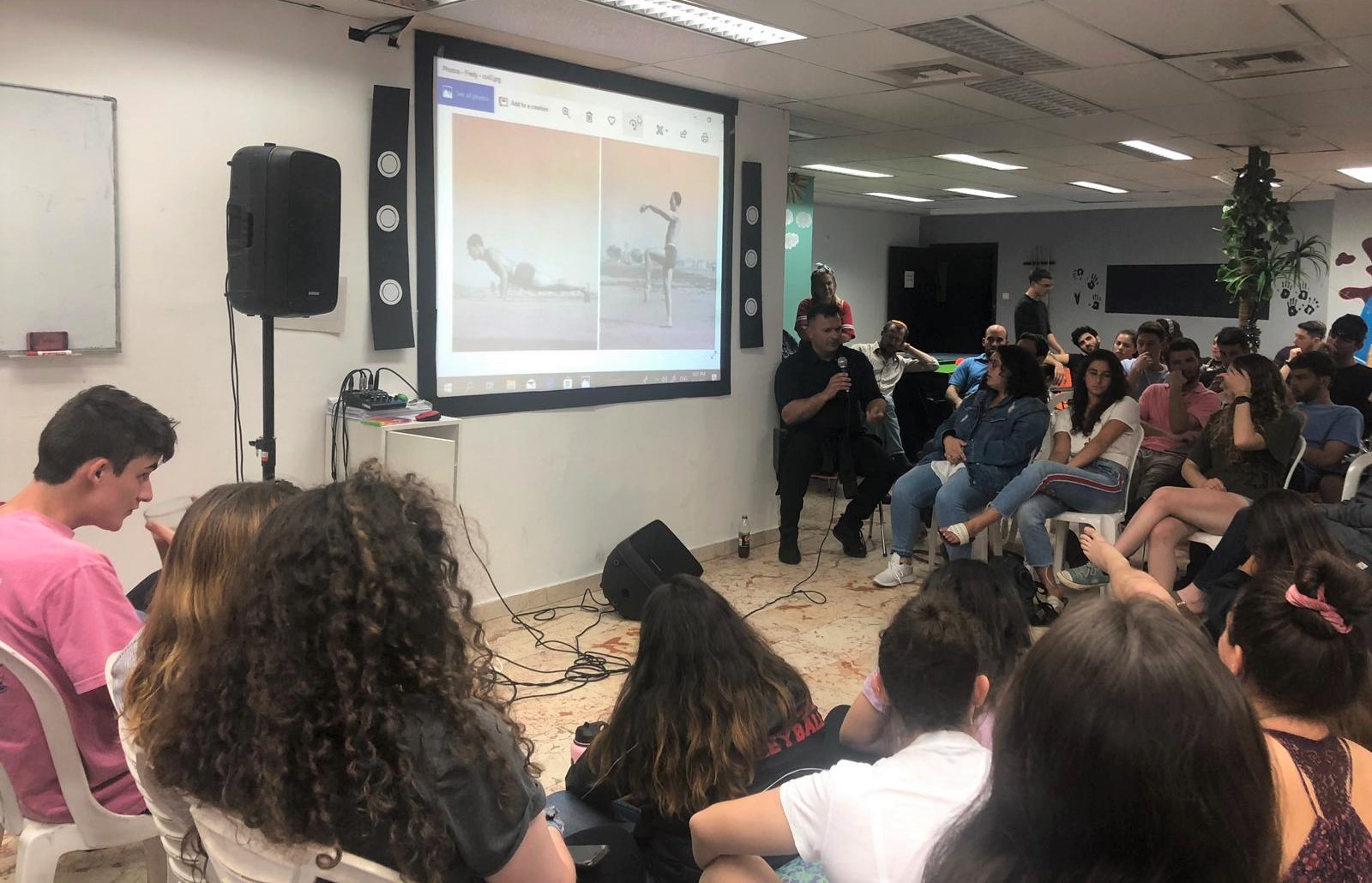
Pavel Batel is giving a lecture on Yom ha Shoa (Holocaust remembrance day) in Tel Aviv. Nearly 150 international students from Tel Aviv and Jerusalem Universities arrived to hear the stories about imprisoned Jewish children and teenagers in Terezin Ghetto.
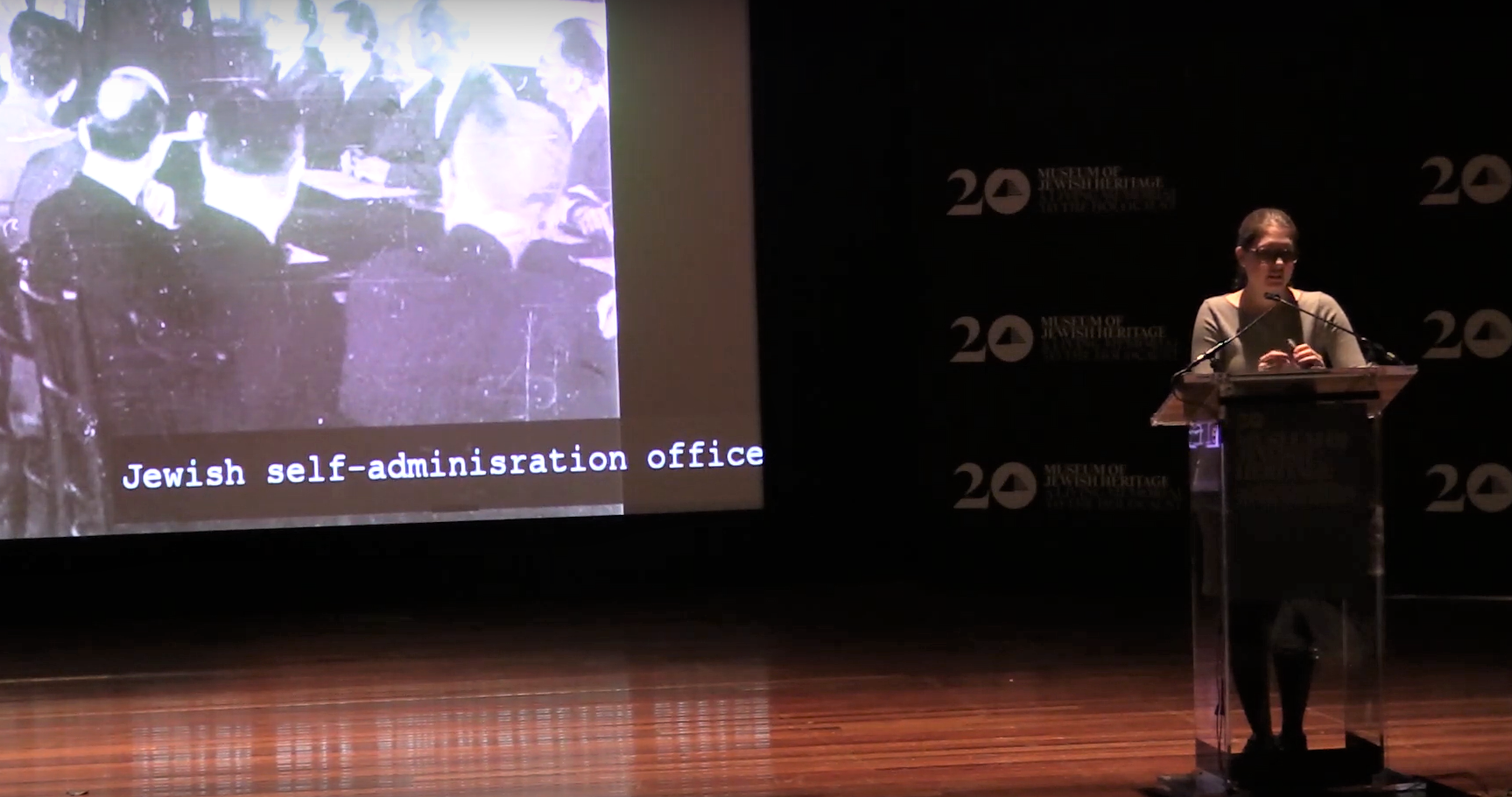
Our colleague Yvonne is presenting Terezin Private Tour and Pavel Batel's research at Museum of Jewish Heritage in New York.
Terezin barrack attics research.
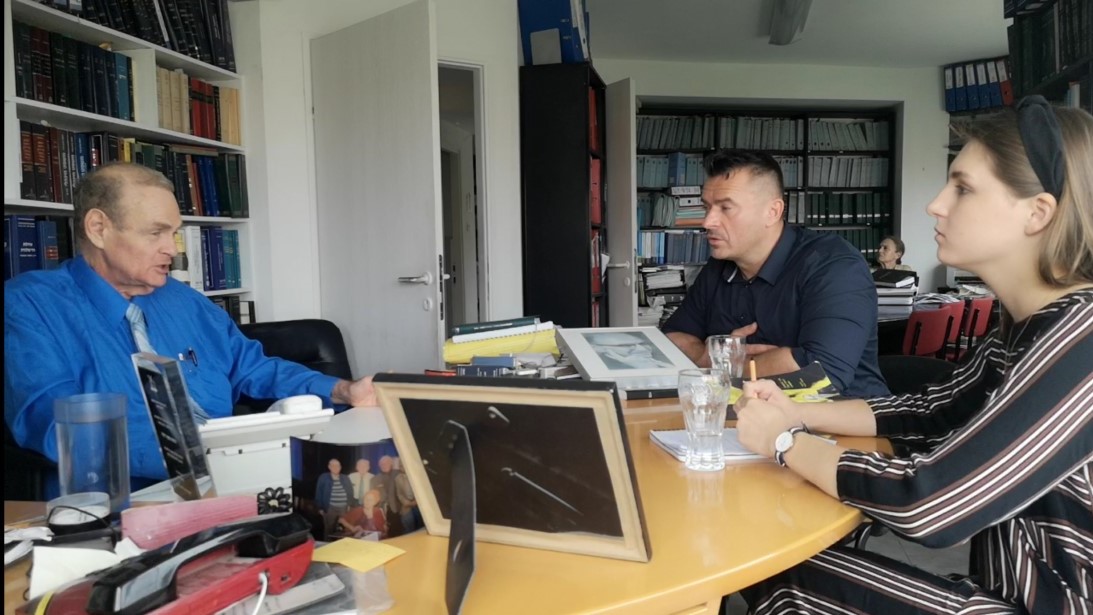
Pavel Batel and his colleagues during an interview in Jerusalem with Amos Hausner, the son of Gideon Hausner (the man who prosecuted Adolf Eichmann) talked about his father's work and the details of the famous Eichman trial.
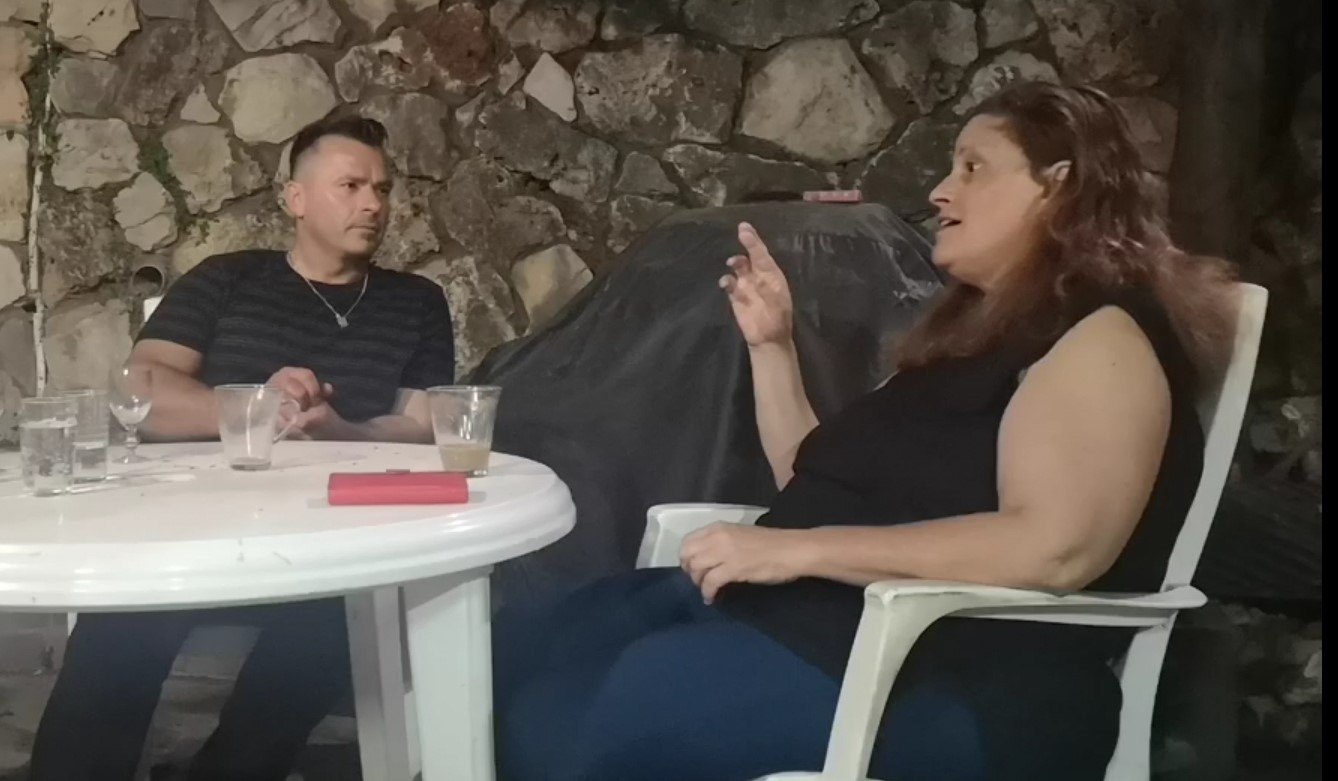
Pavel Batel interviewing his friend and colleague, famous Israeli Holocaust historian Ph.D. Florence Luxenberg-Eisenberg. Together they are preparing a new documentary about unrecognized ghettoes and Jewish massacres in Baltic states.
Pavel Batel for I24NEWS (national Israeli TV station): Documentary: 'Masking the horror at Terezin' followed by live entry interview on Yom Ha Shoa (Holocaust remembrance day)

Pavel Batel having a lecture about "The Complexity of Human Nature during the Holocaust era in Terezin" at the Chinese University of Hong Kong.
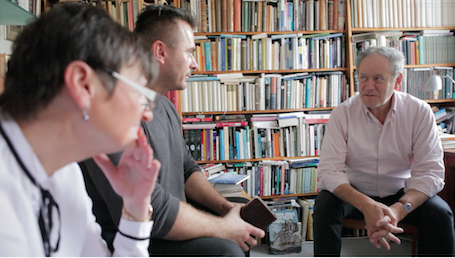
Pavel Batel in London with Jeremy Adler, British writer, philosopher, and poet (son of H. G. Adler, Terezin, and Auschwitz survivor - the most important Terezin historian and author of crucial books used during interrogation of Adolf Eichmann)
Pavel Batel and his interview with Peggy Croydon.
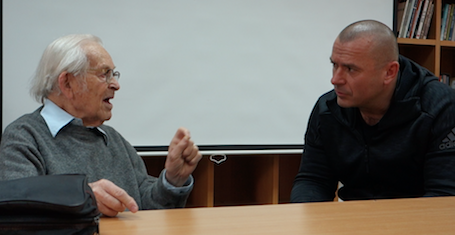
Jehuda Bacon and few other people on Earth have experienced angelic actions like those of Fredy Hirsh (a mentor and protector of Jewish children in Terezin and Auschwitz - Birkenau), and at the same time the heroic actions of a man who has been described as a reincarnation of Jesus Christ, Premysl Pitter (a Christian priest who protected Jewish children during and after the war). Pavel Batel´s dream came true when, after many years of trying, he was finally able to interview this incredible man in Jerusalem.
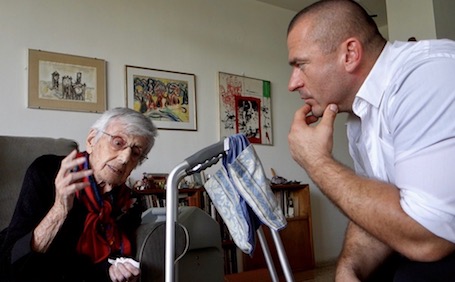
Interview with Ruth Bondy, legendary historian, Terezin and Auschwitz survivor, famous Czech writer, and translator (author of the book "Jakob Edelstein" - necessary for every Terezin scholar)
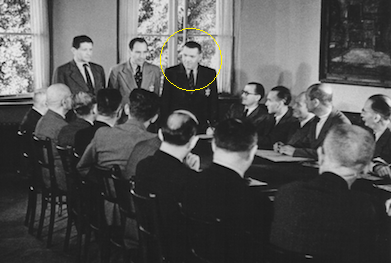
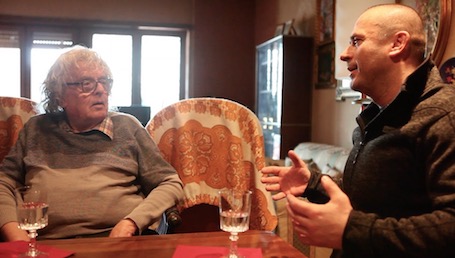
Benjamin Murmelstein - the last and only surviving Elder of Theresienstadt - was accused by historians of collaborating with Nazis and imprisoned in the Czech Republic for almost a year after the war. His son, Wolf Murmelstein spent his entire life trying to clear his father's name. During the interview, Pavel Batel learned many "politically incorrect" facts that he will use in his third book. Powerful testimony is proving that Benjamin Murmelstein was a hero who saved the lives of thousands of people prior to transportation to the "East" in Vienna and at the end of the war in Theresienstadt.
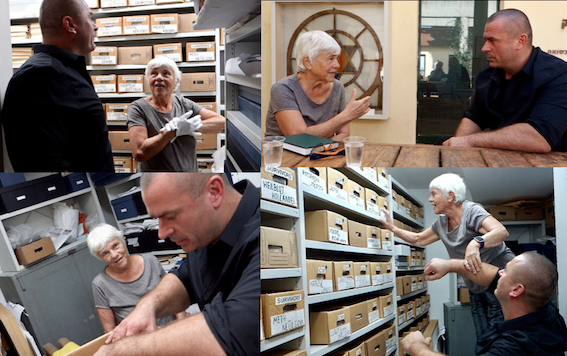
Anita Tarsi, the leading Israeli historian on Theresienstadt, shared her knowledge with Pavel Batel and gave him access to the Beit Terezin archive in Givat Chaim Ichud, Israel.


Professor Kolmer (Terezin and Auschwitz survivor): the man who inspired Pavel to write his first book. The Professor is one of its characters.
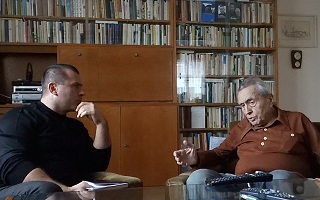
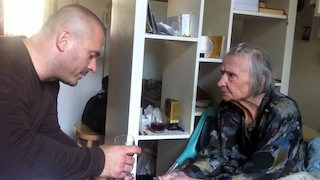
Pavel Batel's mentor Profesor Kolmer (a member of AK1 - first transport to Terezin) and Svatava Vynal (niece of president Edvard Beneš), narrated detailed stories about Terezin.
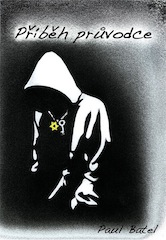
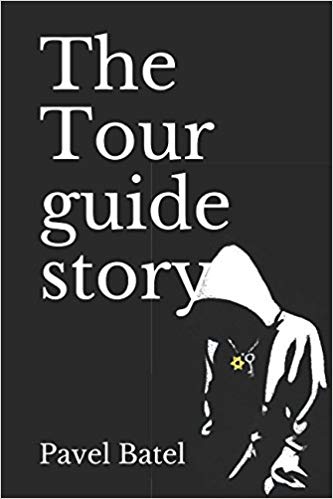
Research about Terezin led Pavel Batel to start writing books. The first one "Tour guide story" was highly reviewed by Charles University and the top Czech critics.
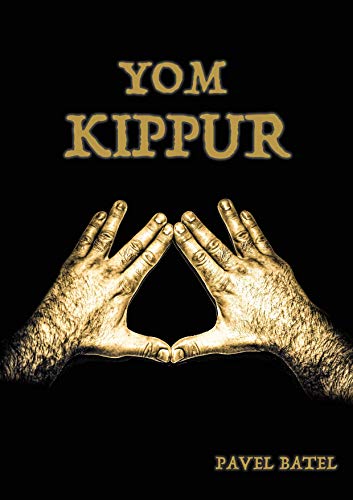
The cover of the latest book written by Pavel Batel "Yom Kippur" is dedicated to powerful stories of the Terezin ghetto based on testimonies of Holocaust survivors.
upload/media/the-tour-guide-story-pavel-batel-9781549902086-amazon.com-books.html
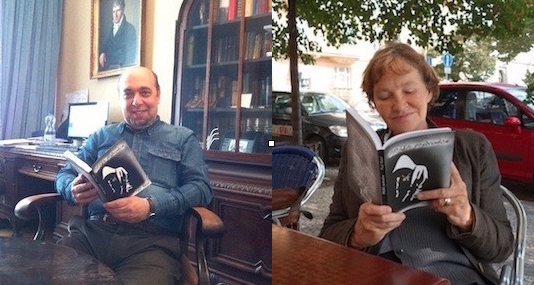
Mr. Tomas Kraus (director of Czech Jewish Federations) and Mrs. Plockova (granddaughter of the legendary art nouveau artist, Alfons Mucha) are personally supporting Pavel's book.
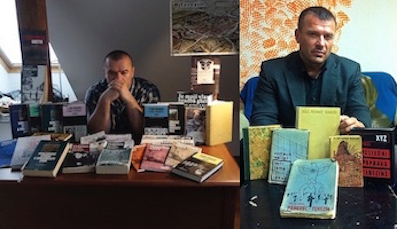
Pavel Batel and his collection of books about Terezin Ghetto-Camp and Terezin Small fortress.

Verifying collected knowledge in the State Archives. The pictures above show the original interrogation files of arrested Terezin Nazi officers, guards, victims, and witnesses from 1945-1947.
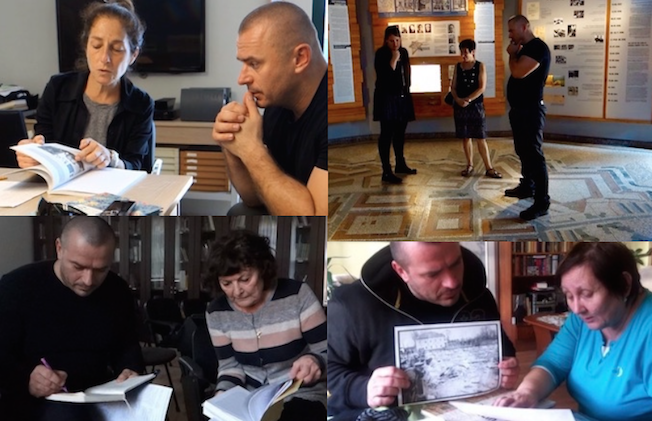
Israeli (Sima Sachar and Noa David) and Czech (Mrs. Chládková and Mrs. Kuklová) - top Terezin historians and archive specialists - exchanging the newest research facts
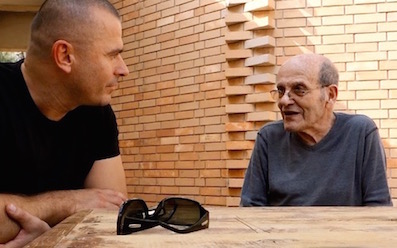
Peter Lang: Terezin, Auschwitz and Kaufering survivor, who spent two and a half years in Terezin, describing important facts about everyday ghetto life, and events prior to his Auschwitz transportation
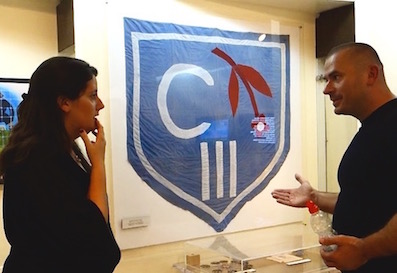
 In a prepared documentary film, Terezin sport will have its own chapter. Talking here with Noa David (Beit Terezin - Department of Education, Israel) about the seriousness of this subject.
In a prepared documentary film, Terezin sport will have its own chapter. Talking here with Noa David (Beit Terezin - Department of Education, Israel) about the seriousness of this subject.
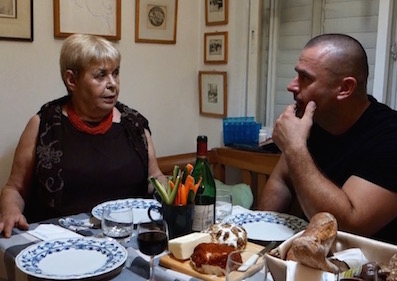
Author of famous Terezin poetry, Vera Maisels, is pictured describing adventure stories about hiding in the forest, events following her arrest, her transportation to Auschwitz, and children's plays performed in Terezin.
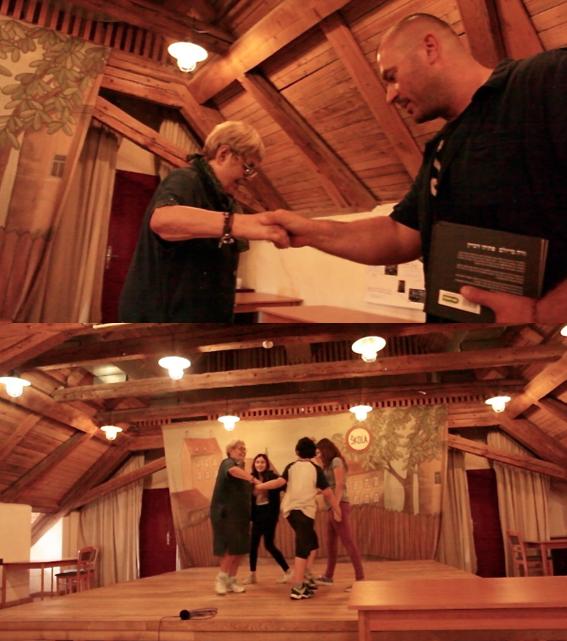
Vera Meisels in Terezin with Pavel Batel and her grand-children, performing part of "The Fireflies" (children's play) on exactly the same stage where the performance took place in March 1945 in front of Adolf Eichman and other high-ranking Nazi officers.

Most children arriving in Terezin were separated from their parents and housed with 30-40 other children in a separate buildings called Heims (homes). Life in a Heim was strict and structured with daily activities including education and sports. Gerda Steinfeld's mother refused to be separated from her daughter and endured very difficult living conditions so that they could remain together. During the day while her mother was working, Gerda was left alone. She entered the world of Terezin's "free children". Every day these children would pass the time wandering the streets of the Ghetto. In certain areas, elderly German Jews were dying by the hundreds every day, and it was only in the evening that their corpses were collected and taken to the mortuary. Children would play hide and seek and other games amidst the dead and dying people on the street. Gerda was among them.
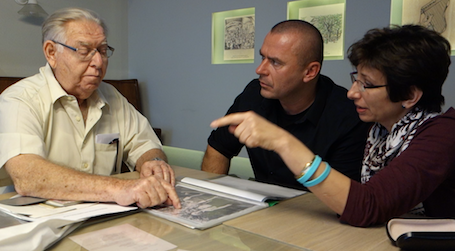
Achim Beginsky survived Terezin living in the same situation as Gerda. He was exceptionally stealthy and his skill at sneaking into various block kitchens ensured he was never hungry in Terezin.
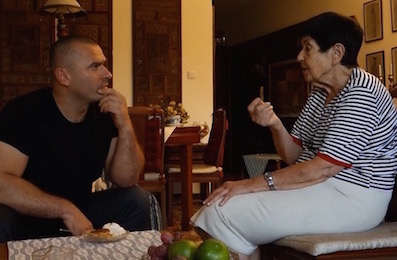
Hana Weingarten, a girl from the famous Heim (home) "Room 28" - describes her teenage years spent in Terezin. Here she is remembering in great detail many famous artists including Fredy Hirsch.
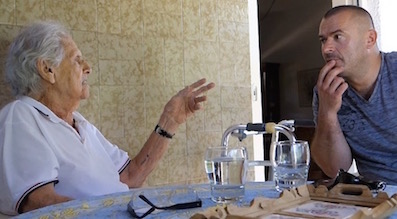
Petr Erben gave a very important and unforgettable testimony about Fredy Hirsch, Terezin sports events, Terezin children, and youth care. He described the Terezin story as the most important part of his life.
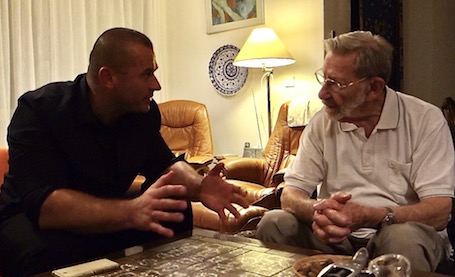

The story about Danish Jewish families in Terezin is very much connected with the infamous Red Cross Committee visit. Danish Jews departed Terezin to travel to Sweden in white buses before the end of the war

Helena Vovsova aged just sixteen, she started working as a servant and gardener for Heydrich's family (Reinhard Heydrich - director and architect of Final Solution, the right hand of Adolf Hitler). She risked her life on a daily basis by stealing food from the castle kitchen to help Jewish slaves survive.
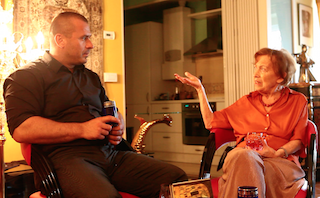
Peggy Croydon was twelve years old when she took the advice of her Jewish father, before his arrest by the Gestapo: instead of taking the transportation to Terezin, she hid in Prague. By selling illegal goods on the black market, and by constantly changing hiding places throughout the war, she was the only family member who survived
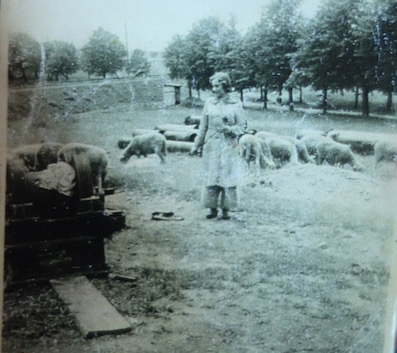
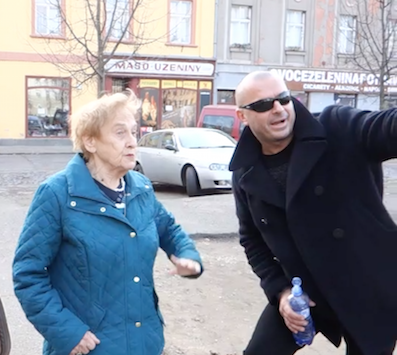
Doris Grozdanovic survived Terezin as a shepherdess. This interview took place in Terezin. Mrs. Grozdanovic, who spent three and a half years in the ghetto camp at Terezin, remembers an incredible amount of events; so important for any historian
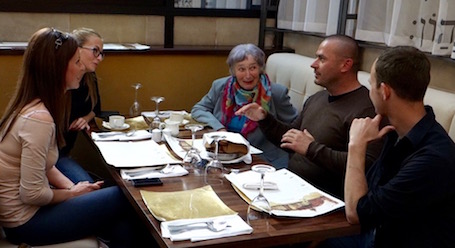
Interview with Mrs. Michaela Vidlakova (Terezin survivor, representative of Prague Jewish Headquarters) recounting many details of life in the ghetto through the eyes of a little girl. Her mother, Mrs. Irma Lauscher, was a famous teacher in Terezin who, with the ghetto children, planted a "Terezin Children's Tree." Out of the almost 8000 children sent from Terezin to concentration camps in the east, not more than 250 survived. In 1948 the tree was moved from Terezin and replanted in a safe place behind the crematorium by the child survivors
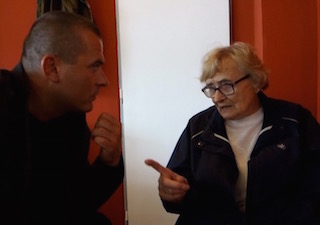
Mrs. Novotna narrates her personal experiences of the Jewish restrictions and transportation, the Prague-assassination of Reinhard Heydrich (architect and director of the Final Solution), the Czech national uprising, liberation by the Soviet army, and many other important historical events she personally went through
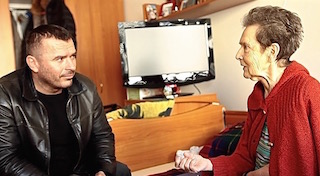
Mrs. Vacikova, the wife of a Terezin Small Fortress survivor, and author of a very important, yet forgotten book: "Mala Pevnost Terezin", last published in 1950. In this book, she shares the testimony of her husband, who personally experienced the horrors of the " Storch-commando" (the place where Jewish prisoners were slaughtered
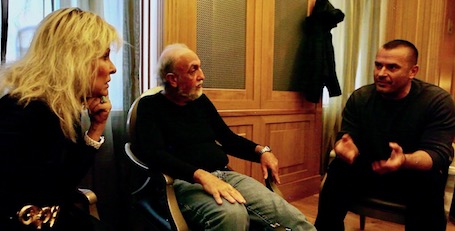
Interview with Aaron Cohen (writer, producer, and documentary maker) who created a powerful film about Terezin and Auschwitz Jewish hero Fredy Hirsch
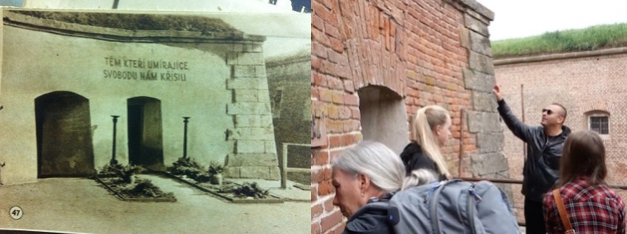
The sign "To those, who gave their lives for our freedom" is missing above the former Small Fortress mortuary, where brutally tortured Jewish prisoners who were still alive, were often placed to die among dead bodies
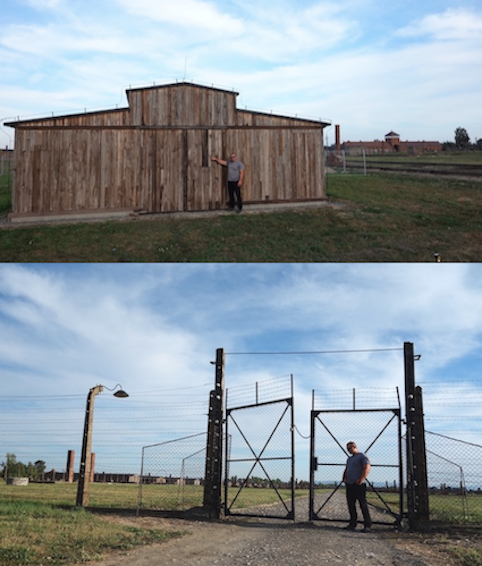
In the first picture above, Pavel Batel is showing an empty space on the Terezin children's barrack 31 inside the B2B section of Auschwitz-Birkenau, where Fredy Hirsch's sign once was but is now missing. The second picture is showing the entrance to the former Terezin family camp B2B in Auschwitz-Birkenau

Fragments of ghetto life: messages and symbols on the walls of the entrance to the moat in the agricultural section, created by Jewish ghetto policemen while they were on guard
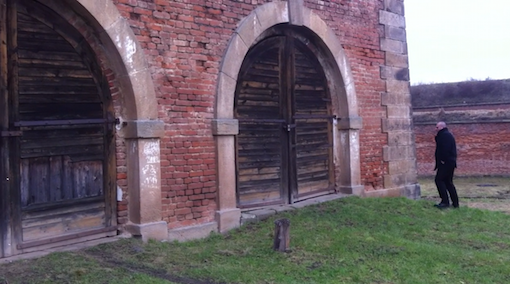
Those who say there was no gas chamber at Terezin are mistaken. It was built and the Nazis were prepared to use it. The Terezin Jewish Resistance was ready to destroy it, along with the storage of "Cyclone B" (no public access).
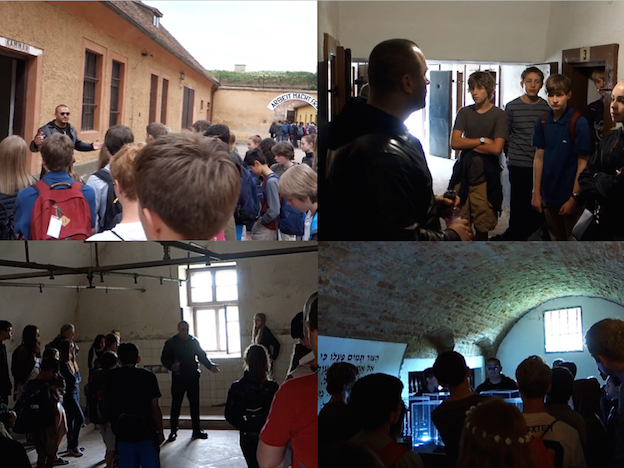
An important part of every historian's work is to educate new generations
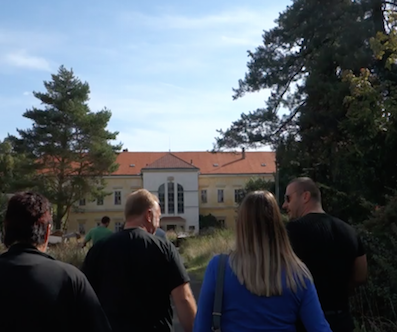
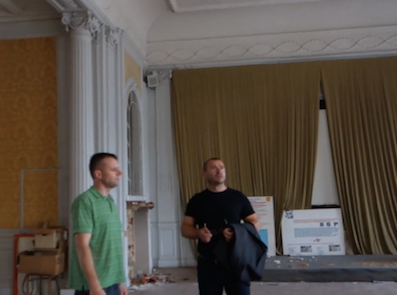
Castle of Panenské Břežany. Examining and filming the castle of Reinhard Heydrich, where a small group of Terezin prisoners used to work as slaves. Among them was Peggy Croydon's father.
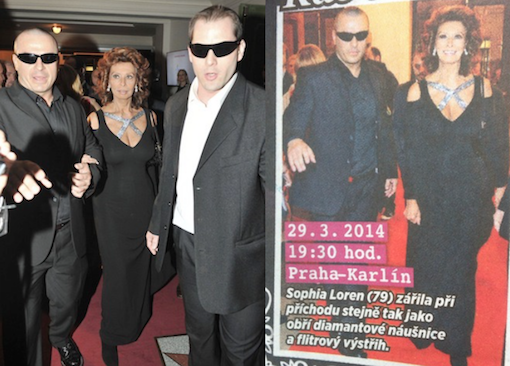


Protecting and guiding Hollywood celebrities while in Prague.